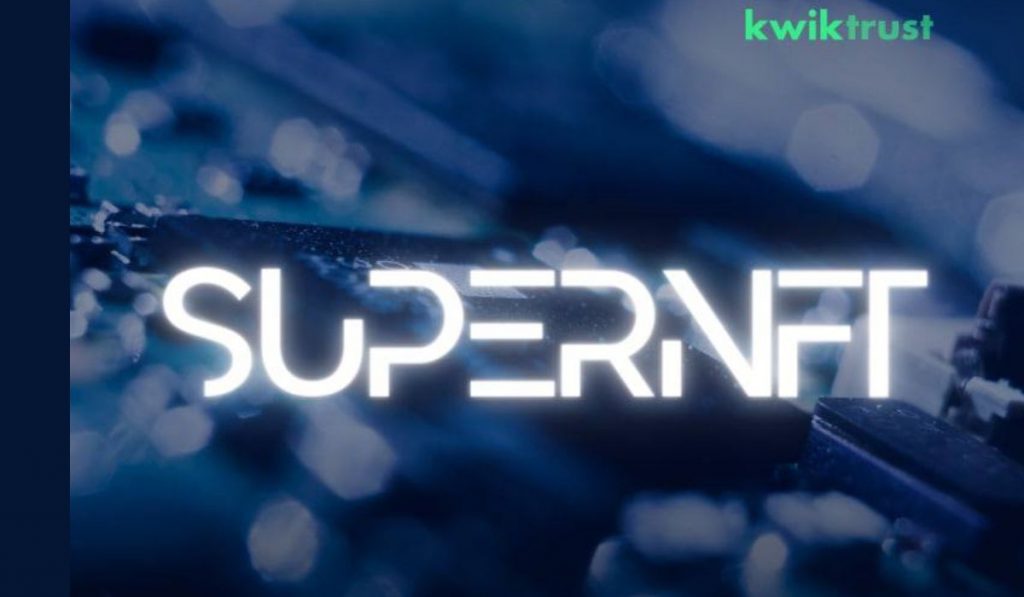The term “utility” has been a source of concern for many NFT enthusiasts. The current NFT space has demonstrated a lack of innovation and a disregard for providing utility other than digital artworks being used as profile pictures across social media platforms such as Twitter and having little to no substance beyond that.
Most NFT skeptics believe that NFT technology is all hype and will crash and burn in no time. NFTs are non-transferable, one-of-a-kind digital assets that also serve as valid proof of ownership on the blockchain. NFTs have made the possibility of digital collectibles a reality, and they are being heralded as the answer to physical collectibles in various circles. The concept of NFTs has been around since 2012, based on Vitalik Buterin’s Colored Coins project.
Nonetheless, the concept of NFTs did not take off until October 2017, with the introduction of crypto kitties and the creation of a slew of millionaires. With NFTs becoming more mainstream, utility concerns must be addressed. This article will look at SuperNFTs, how it intends to lead the utility NFTs narrative, also known as NFTs 2.0, in 2022, and how much of an impact it will have on the NFT industry.
SuperNFTs: The NFTs of the Future
SuperNFT is a utility NFT that lets users create validated files and convert them into NFT movable assets. SuperNFTs are an essential part of the KwikTrust protocol, a blockchain-based solution that speeds up file validation and due diligence. In the ‘web3 era’, the blockchain platform sets a new standard for data signing and security. KwikTrust handles security risks.
Utility NFTs are NFTs with valuations based on the token holders’ access, perks, and opportunities. Utility NFTs are NFTs that have a clearly defined intrinsic value in addition to the scarcity typically associated with NFTs.
 
 
SuperNFTs open the door to a plethora of new NFT applications in finance, asset management, intellectual property management, and identity verification. Furthermore, SuperNFT allows for the locking and issuance of non-fungible tokens based on authenticated identity, provenance, and e-signature. As a result, SuperNFT can create new asset classes in finance, ownership deeds, and intellectual property storage. SuperNFT contributes to resolving critical issues confronting NFTs today, such as identity, provenance, security, and utility. SuperNFTs are created on the KwikTrust platform using the KwikTrust protocol, part of a modular stack that includes IPFS, Hyperledger, and an identity chain. The modular stack, which is blockchain agnostic, works with blockchain protocols to mint SuperNFTs. SuperNFTs can be minted with KwikTrust’s native token, $KTK, and can process a wide range of media and file formats, making this NFT protocol unique.
Use Cases of SuperNFTs
Proof of ownership of physical assets, including fractional ownership of property and other assets locked on the blockchain with the owner’s validated identity. Receipt validation and secure storage of essential documents, title deeds, proof of tax payments, and bank statements. Furthermore, these assets are fully transferable on-chain and include full audit trail capabilities.
Intellectual property rights such as digital artworks, inventions, music, videos, and other intellectual property forms can be linked to the creator’s identity using SuperNFT on the blockchain. In addition, fair distribution of royalties and the management of original creations with a provenance on the blockchain can be made possible. Insurance policies and environmental initiatives can also be validated on the blockchain, presenting a new application for NFTs in general.
Impact of Utility NFTs in Mainstream Adoption
The current NFT space needs to solve identity, provenance, security, and utility issues to attain mainstream adoption. Utility NFTs can be integrated into our day-to-day lives. It raises the bar for security and reliability and opens new use-cases for NFT technology in the finance sector. The rise of more utility NFTs across different sectors would prove helpful in the NFT industry.


